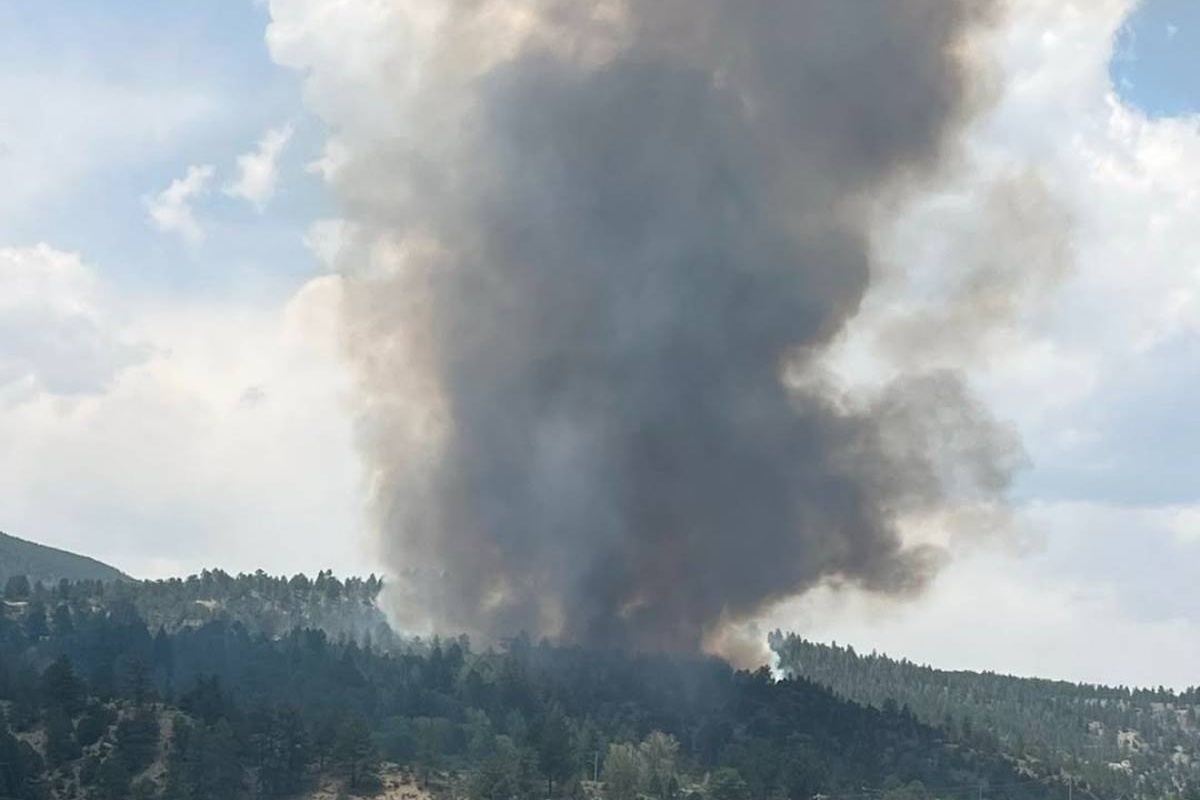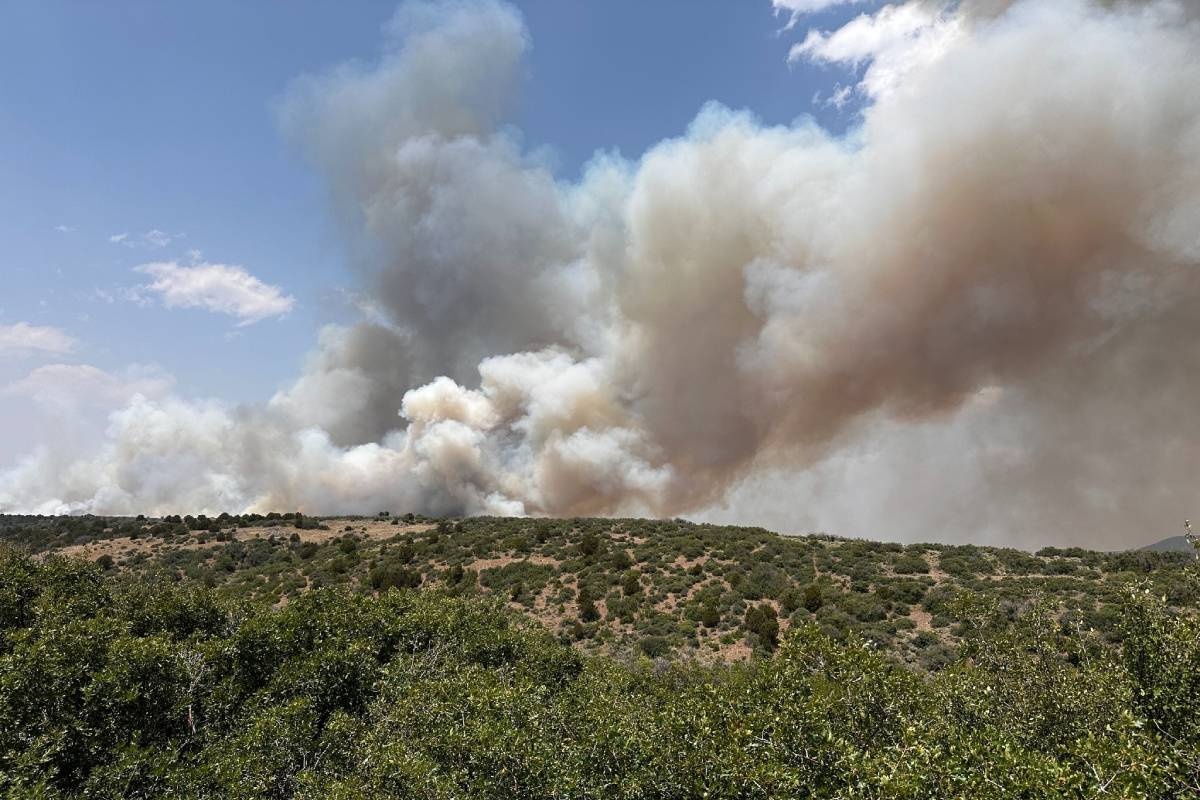An annual state audit shows many school districts are still hurting financially, but there’s some improvement over last year.
Twenty percent of the state’s 178 school districts missed one of five targets used to measure a district’s financial health, such as a district’s debt burden. Last year 40 percent of districts reported trouble balancing budgets.
Local circumstances dictate how districts respond to cuts in state funding, said Tracie Rainey, executive director
"If a mine is going to shut down it’s not like they have multiple years to plan for that," Rainey said. "That has an impact."
In such cases, those districts are left with few options.
"They’ve tried to compensate by not increasing salaries, on cutting back teachers or cutting programs," Rainey said.
One district in San Juan County missed three financial measurements. From 2013 to 2015, revenue has dropped more than $1,200 per student.
The report shows the most common problem comes when districts have to use reserves to make up for state funding cuts. Some school districts report they used reserve money for technology purchases.
Several school districts reported drops in property tax revenue because of declines in oil and gas production.









